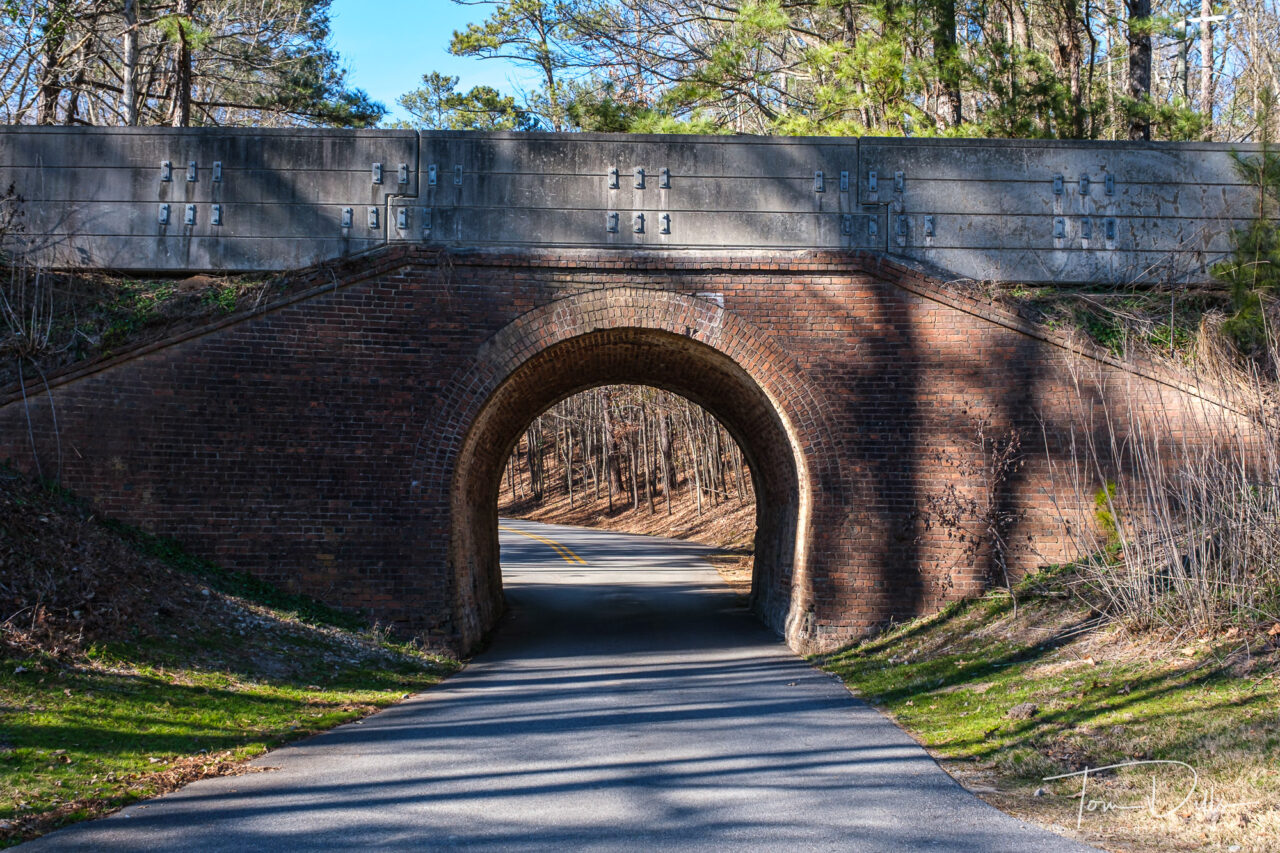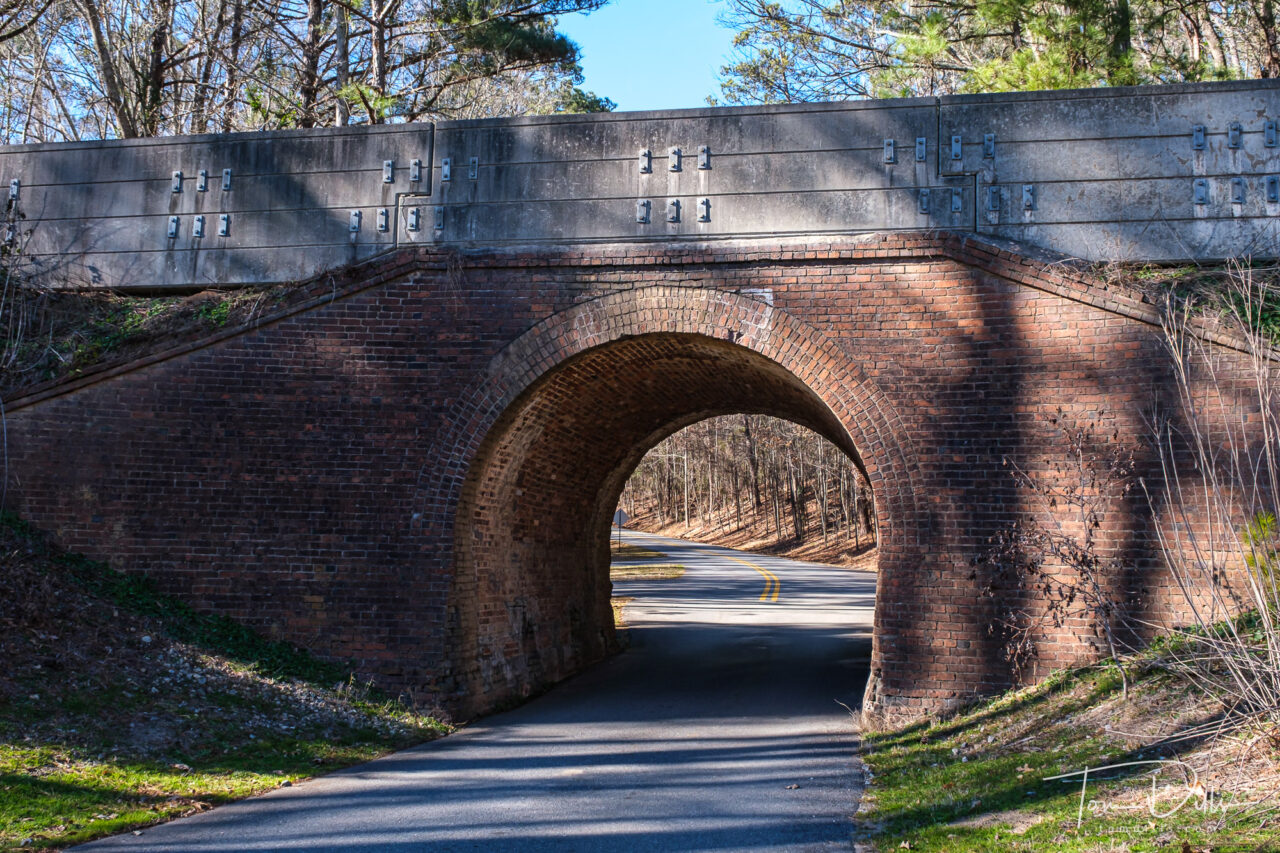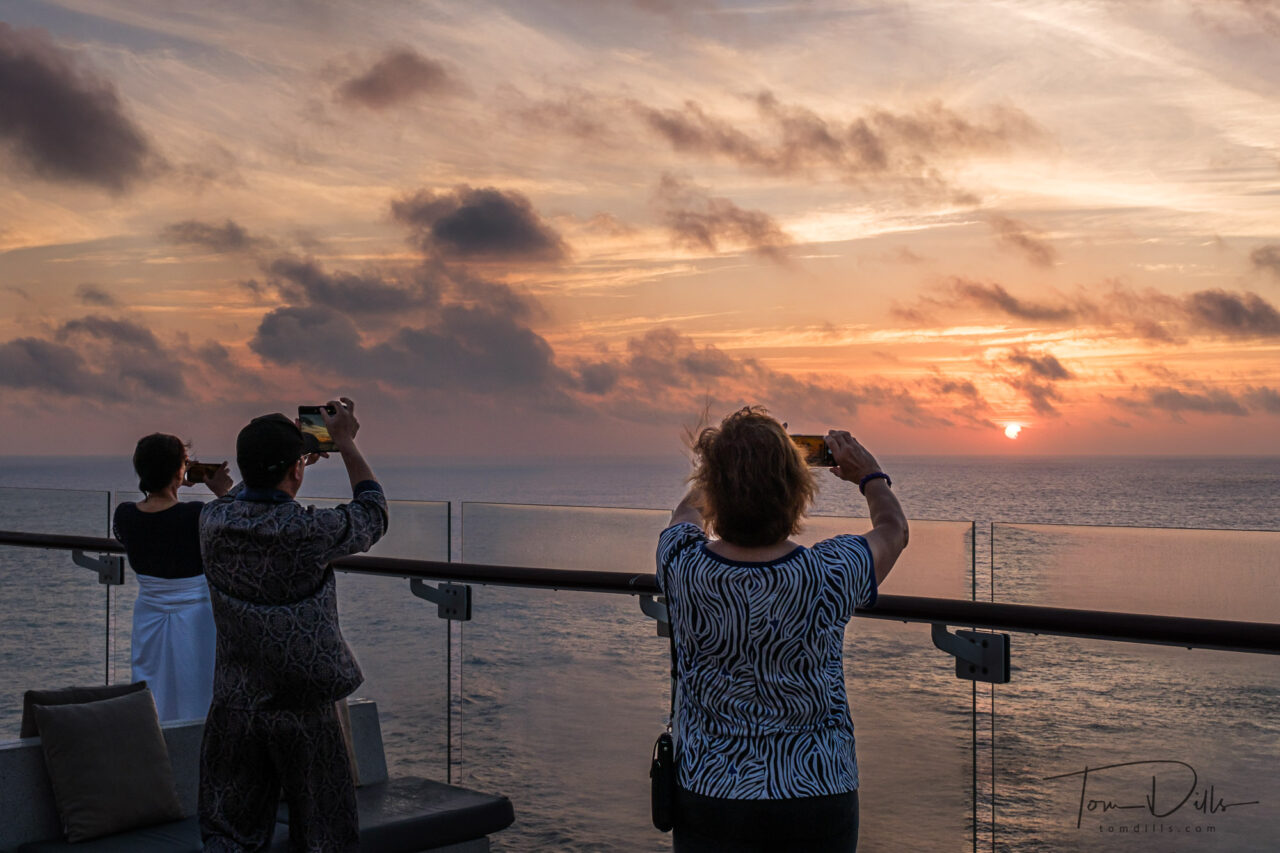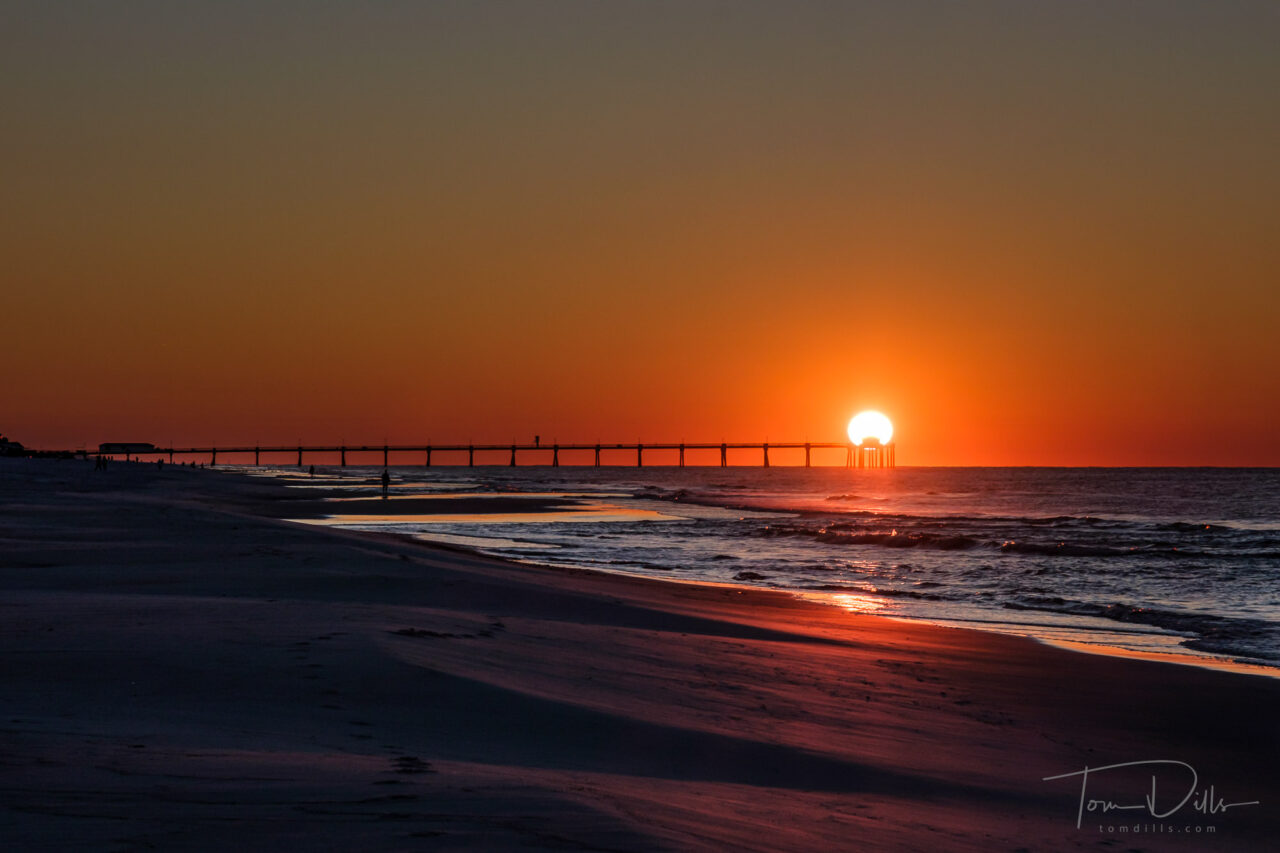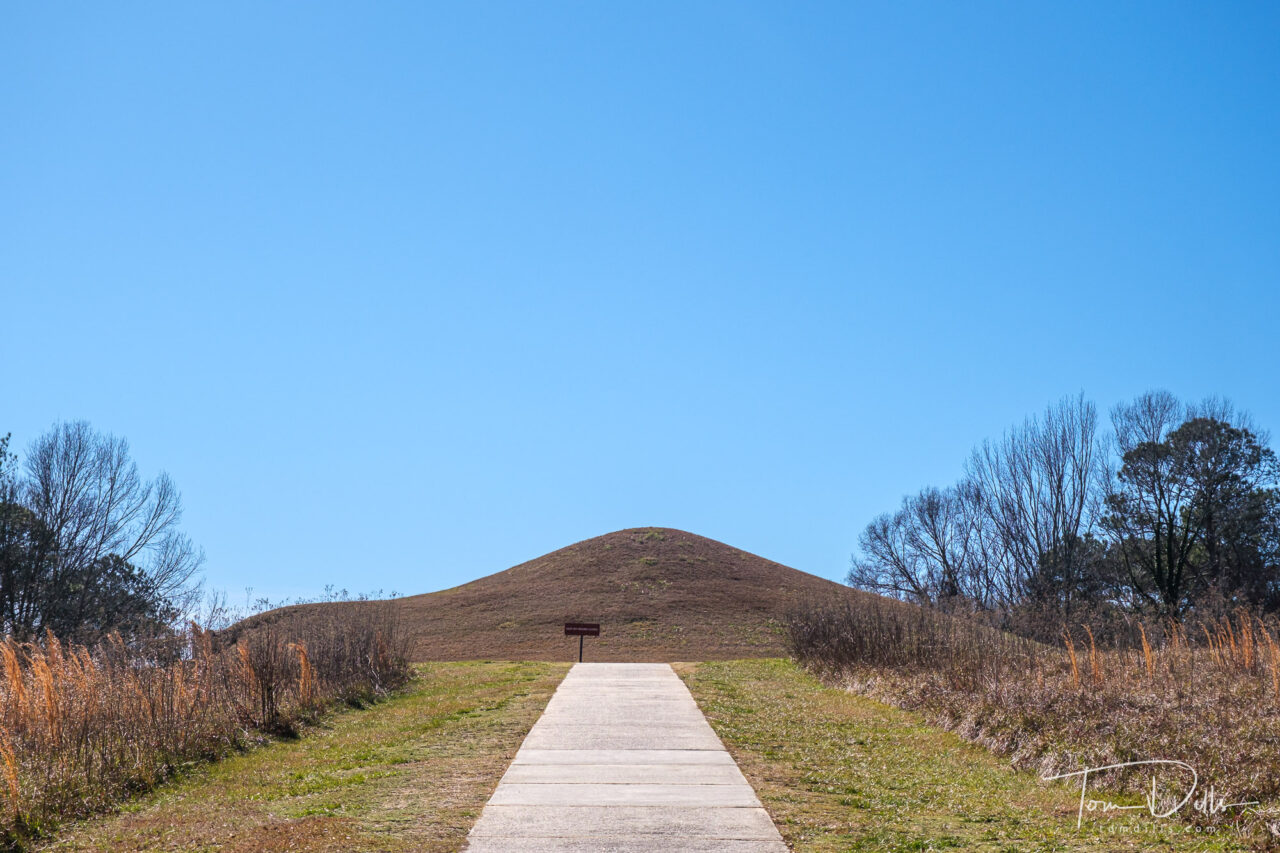
On our recent trip to Texas, we made a stop at Ocmulgee Mounds National Historical Park near Macon, Georgia. We had intended to visit several years ago, but this was one of the many parks whose visitor centers had been closed during the Covid hysteria. We got to visit this time.
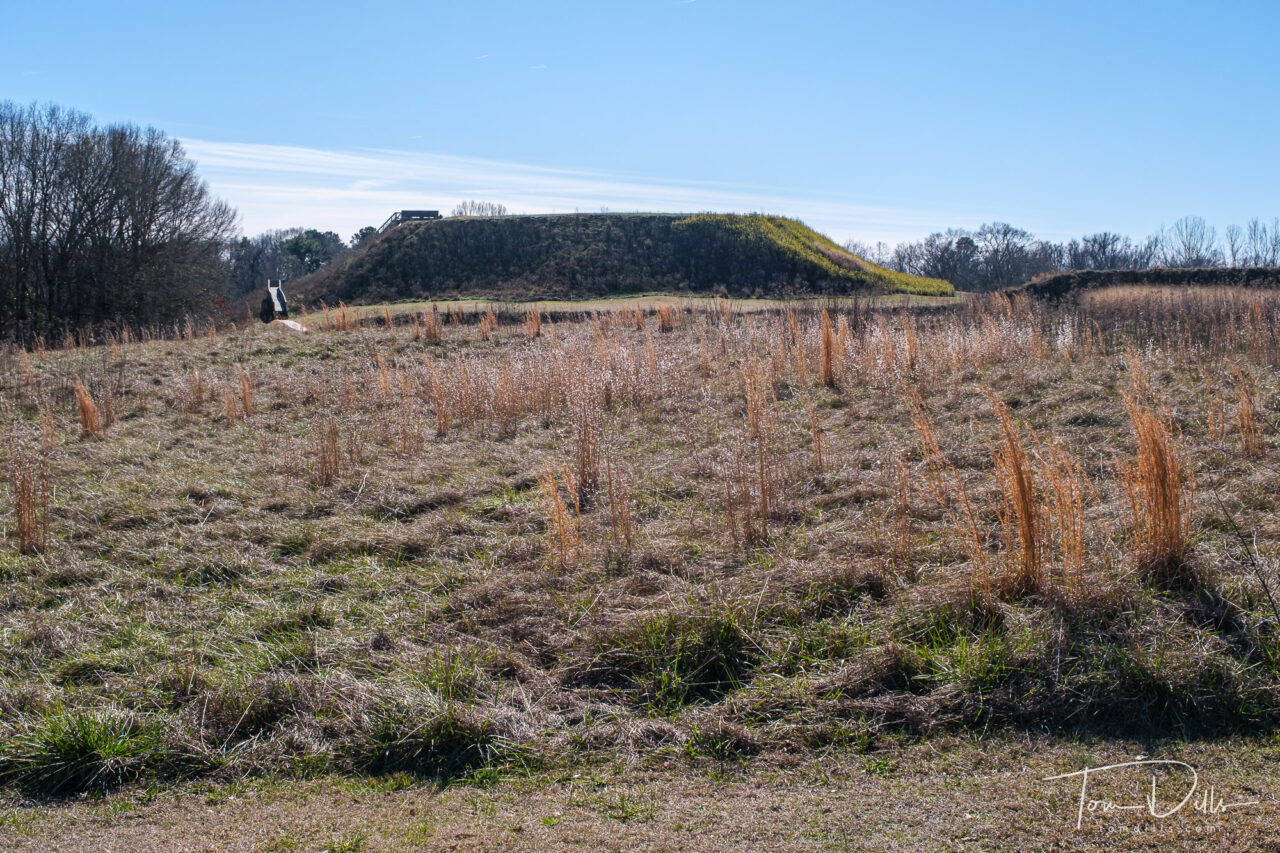
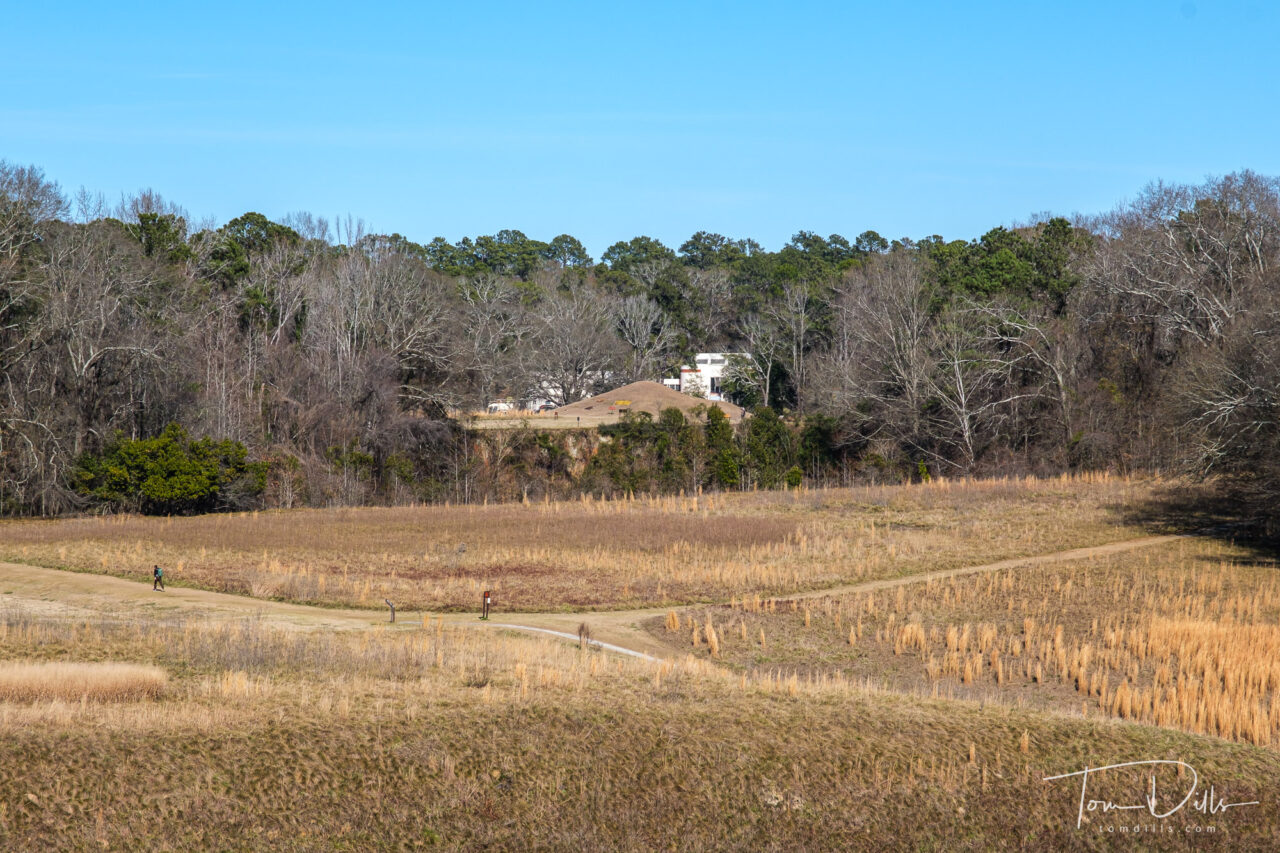
The park is a prehistoric American Indian site, boasting more than 12,000 years of continuous human habitation by many different American Indian cultures. American Indians first came here during the Paleo-Indian Period hunting Ice Age mammals. Around 900 CE, the Mississippian Period began, and people constructed mounds for their elite, which remain here today.
The site was also the scene of several Civil War battles.
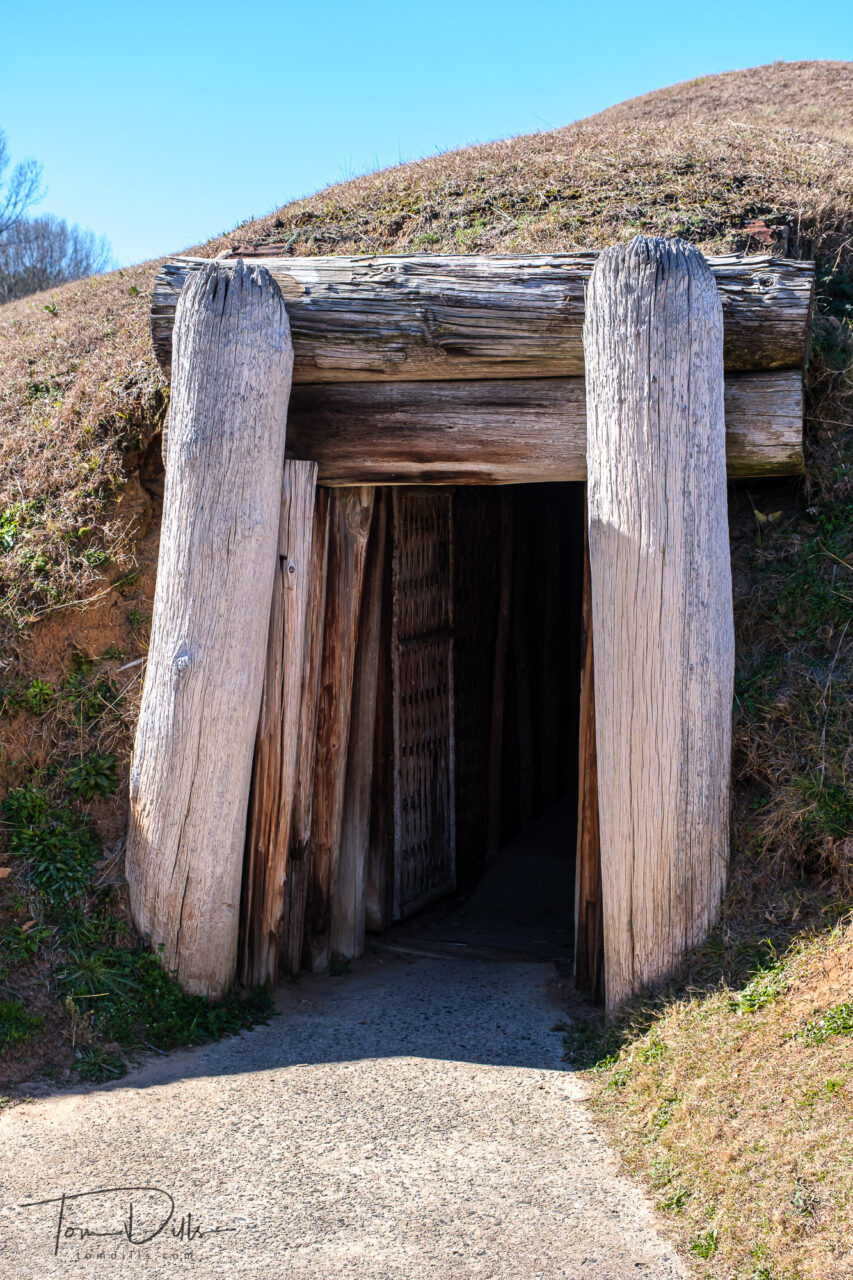
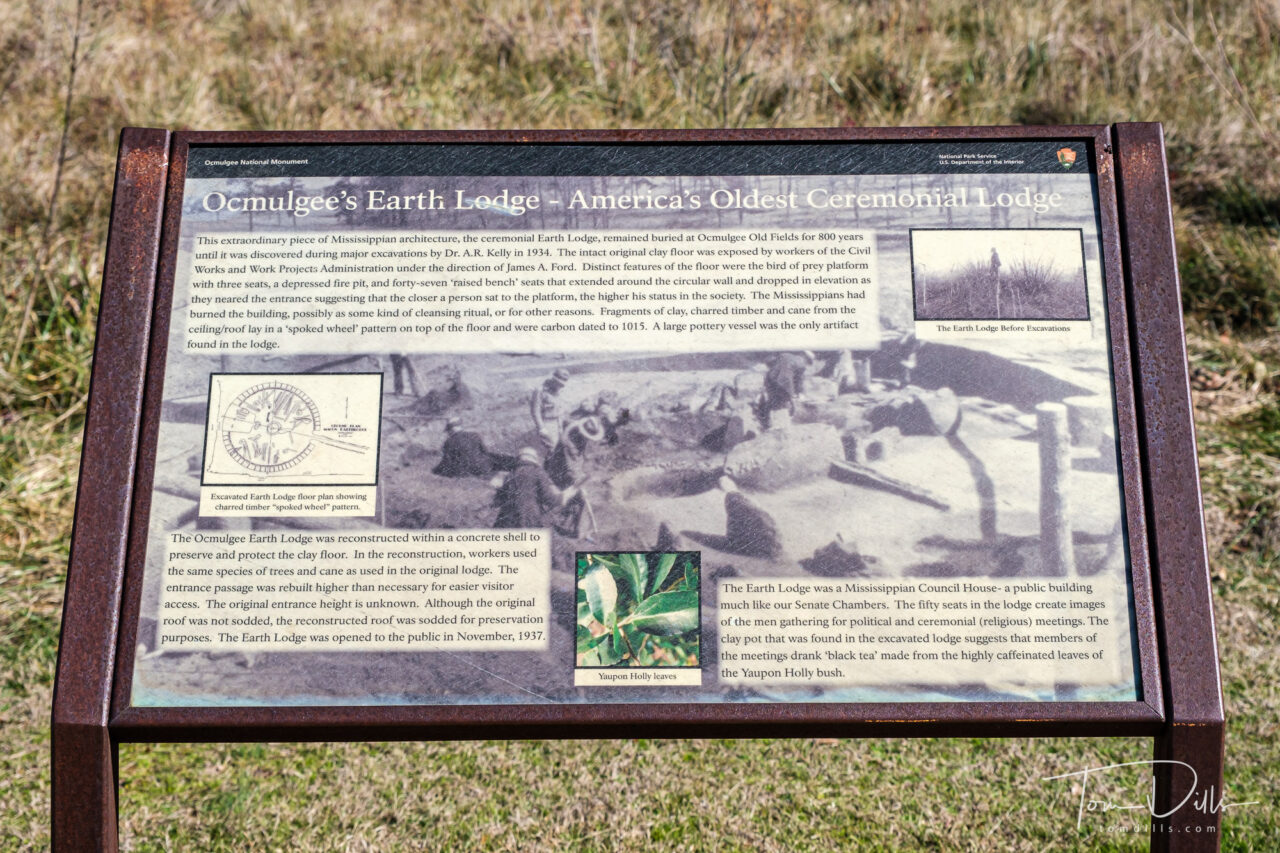
The largest dig ever conducted in this country occurred here at Ocmulgee and the surrounding area. Between 1933 and 1936, over 800 men in Roosevelt’s Works Progress Administration (WPA), Civil Works Administration (CWA), Federal Emergency Relief Administration (ERA & FERA), and later by the Civilian Conservation Corps excavated under the direction of Dr. Arthur R. Kelly from the Smithsonian Institute.
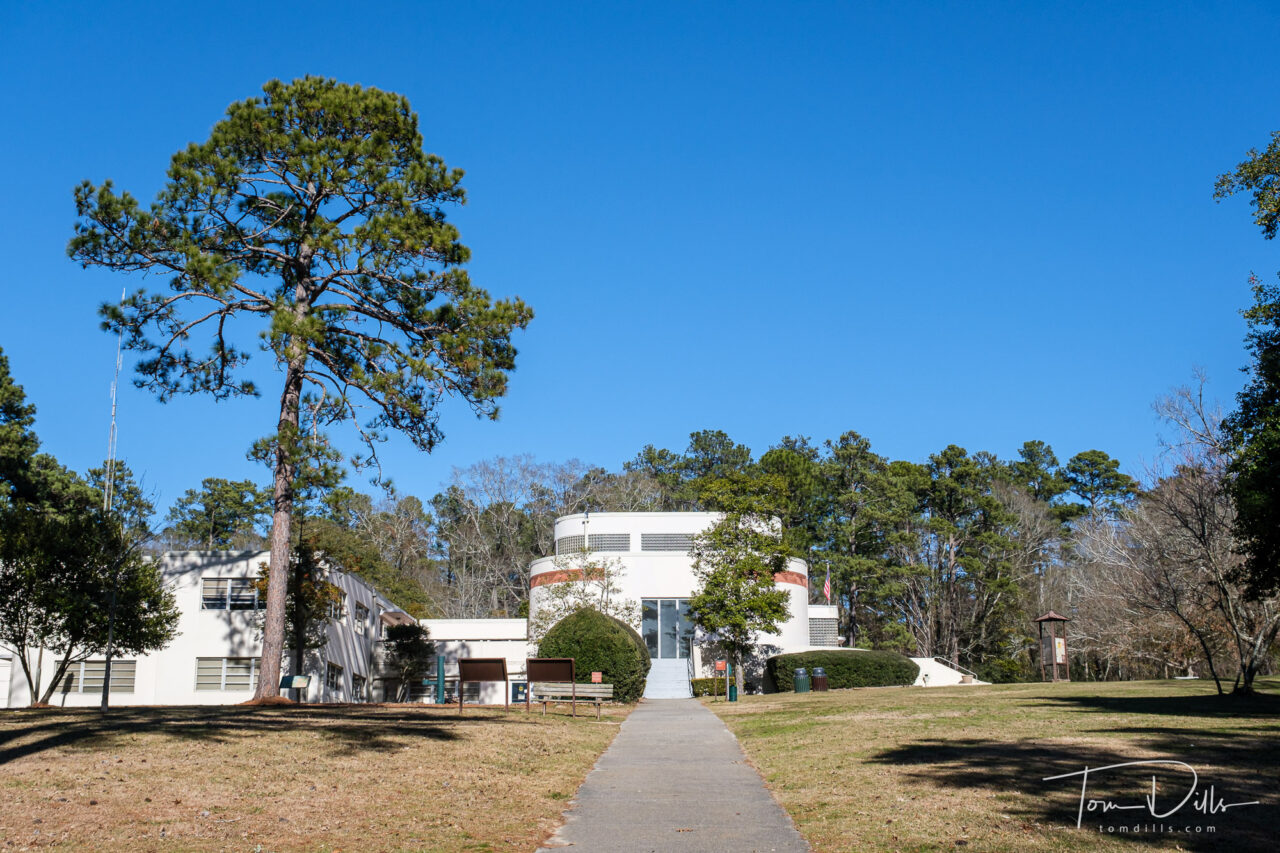
The site was declared a National Monument in 1936. In 1937 the National Park Service, along with U.S. Congressman Carl Vinson, General Walter Harris, and Dr. Charles C. Harrold, completed a list of needed development projects including construction of a museum, restoration of archeological features, access roads and parking, tree planting, and fence construction – all to include the detached Lamar Site, where a levee was also needed.
